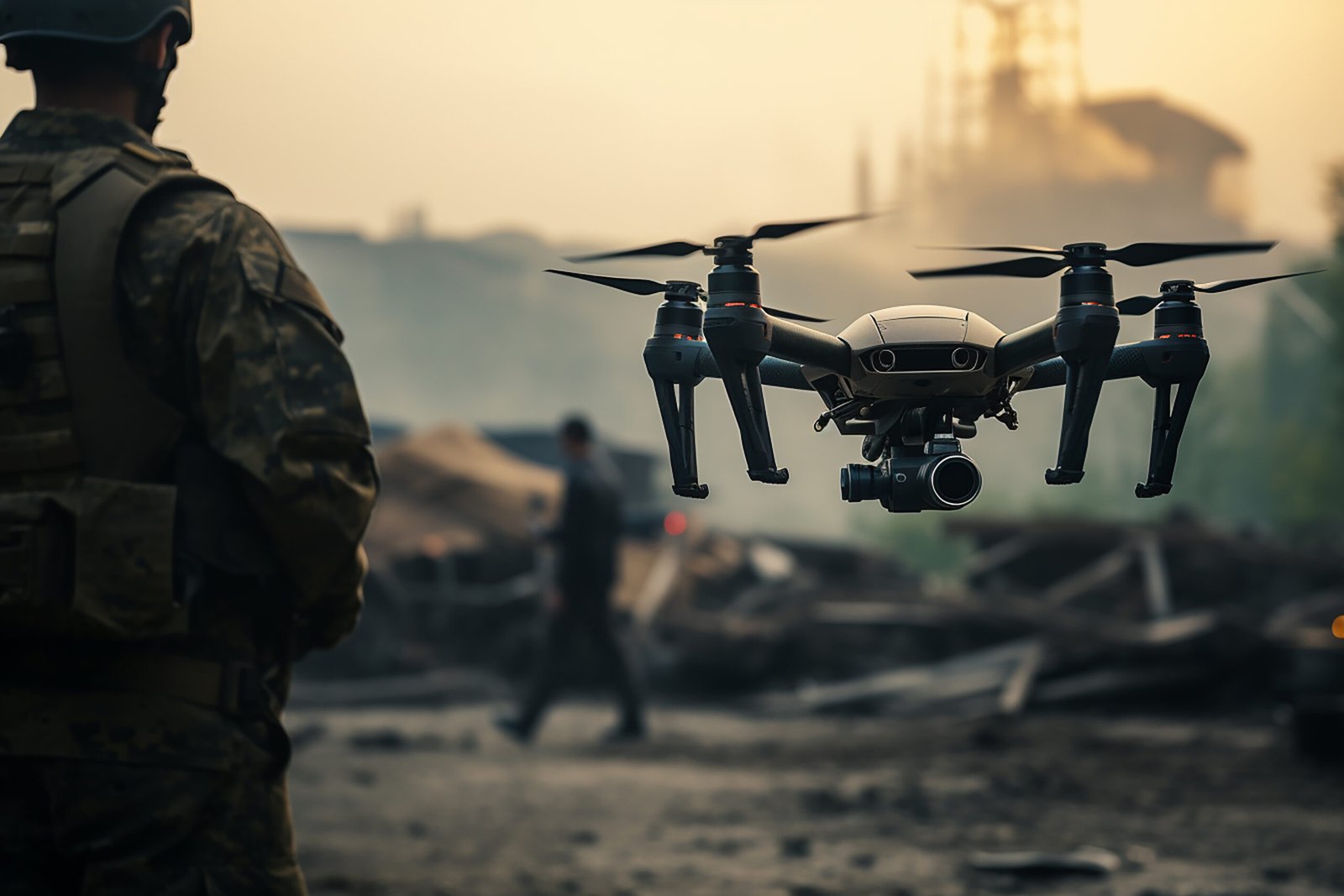Integrating AI and Automation in Anti-Drone Systems

The rapid proliferation of drones—both commercial and recreational—has introduced new security challenges. While drones offer numerous benefits, their misuse poses significant threats, including unauthorized surveillance, smuggling, and even potential terrorist attacks. To counter these risks, anti-drone systems are evolving with Artificial Intelligence (AI) and automation, making them smarter, faster, and more efficient.
In this blog, we’ll explore how AI and automation are revolutionizing anti-drone technology, the key components of modern counter-drone systems, and what the future holds for this critical field.
The Growing Need for AI-Powered Anti-Drone Solutions
Drones are becoming cheaper, more accessible, and increasingly sophisticated. Traditional anti-drone measures, such as radio frequency (RF) jamming or manual interception, are often reactive and limited in scalability. AI and automation address these challenges by enabling:
-
Real-time detection & classification – AI can distinguish between harmless drones and potential threats.
-
Predictive tracking – Machine learning models predict drone flight paths for proactive interception.
-
Automated response – Systems can neutralize threats without human intervention.
-
Reduced false alarms – AI minimizes errors by filtering out birds, planes, and other non-threats.
Key AI & Automation Technologies in Anti-Drone Systems
1. AI-Powered Detection & Identification
Modern anti-drone systems use a combination of:
-
Radar – Detects drone movements even in low-visibility conditions.
-
RF Sensors – Monitor drone communication signals.
-
Electro-Optical/Infrared (EO/IR) Cameras – Provide visual confirmation.
-
Acoustic Sensors – Detect unique drone sound signatures.
AI algorithms process this multi-sensor data in real-time, classifying drones by type, speed, and intent. Deep learning models trained on thousands of drone signatures improve accuracy over time.
2. Automated Threat Assessment & Decision-Making
Once a drone is detected, AI evaluates its risk level based on:
-
Flight patterns (e.g., hovering over restricted areas)
-
Payload indicators (e.g., carrying suspicious objects)
-
Proximity to critical infrastructure
High-risk drones trigger automated countermeasures, while low-risk ones may simply be logged for monitoring.
3. Autonomous Counter-Drone Measures
Depending on regulations and operational needs, AI-driven systems can deploy:
-
RF Jamming – Disrupts drone control signals, forcing a landing or return-to-home.
-
GPS Spoofing – Tricks the drone into following false coordinates.
-
Laser or Microwave Systems – Physically disable drones (used in military applications).
-
Interceptor Drones – Deploy net-carrying drones to capture threats mid-air.
4. Machine Learning for Adaptive Defense
AI continuously learns from past incidents, improving:
-
False positive reduction – Better differentiation between drones and other flying objects.
-
Behavioral analysis – Identifying hostile intent based on movement patterns.
-
Swarm defense – Countering multiple drones simultaneously, a growing concern.
Real-World Applications | Quattro Defense
Military & Defense
-
The U.S. Department of Defense uses AI-powered systems like MRZR LMAMS to detect and neutralize hostile drones.
-
Israel’s Iron Dome has been adapted to include anti-drone capabilities.
Critical Infrastructure Protection
-
Airports (e.g., Gatwick Airport drone incident) now deploy AI-based detection.
-
Power plants and government facilities use automated jamming systems.
Event Security
-
Major events like the Olympics and political summits employ AI-driven anti-drone tech to prevent disruptions.
Challenges & Future Trends
Current Limitations
-
Regulatory hurdles – Jamming and kinetic measures are restricted in civilian areas.
-
Evolving drone tech – AI must keep pace with stealth and autonomous drones.
-
Cost – Advanced systems remain expensive for widespread deployment.
What’s Next?
-
AI-driven drone swarms – Using friendly drones to intercept threats.
-
Blockchain for secure drone IDs – Ensuring only authorized drones operate in sensitive zones.
-
5G integration – Faster data processing for real-time responses.
Conclusion
The integration of AI and automation in anti-drone systems is transforming airspace security, enabling faster, more accurate, and scalable defenses. As drones become more advanced, so must the systems that protect against them. The future lies in fully autonomous, adaptive counter-drone networks capable of preempting threats before they materialize.
For governments, militaries, and private enterprises, investing in AI-powered anti-drone technology is no longer optional—it’s a necessity.
